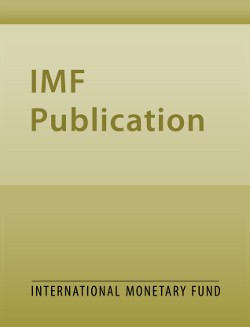
Preemptive Policies and Risk-Off Shocks in Emerging Markets
Preemptive Policies and Risk-Off Shocks in Emerging Markets
READ MORE...
Volume/Issue:
Volume 2022
Issue 003
Publication date:
ISBN:
Add to Cart by clicking price of the language and format you'd like to purchase
Available Languages and Formats
Topics covered in this book
This title contains information about the following subjects.
Click on a subject if you would like to see other titles with the same subjects.
Banks and Banking , Exports and Imports , Finance , Economics- Macroeconomics , Economics / General , Preemptive policies , UIP , external finance premia , risk-off shocks , FX debt , Risk-Off shock , risk-off shock , exchange rate volatility , MPM policy , Capital flow management , Macroprudential policy instruments , Interest rate parity , Capital inflows , Global , Africa
Summary
We show that “preemptive” capital flow management measures (CFM) can reduce emerging markets and developing countries’ (EMDE) external finance premia during risk-off shocks, especially for vulnerable countries. Using a panel dataset of 56 EMDEs during 1996–2020 at monthly frequency, we document that countries with preemptive policies in place during the five year window before risk-off shocks experienced relatively lower external finance premia and exchange rate volatility during the shock compared to countries which did not have such preemptive policies in place. We use the episodes of Taper Tantrum and COVID-19 as risk-off shocks. Our identification relies on a difference-in-differences methodology with country fixed effects where preemptive policies are ex-ante by construction and cannot be put in place as a response to the shock ex-post. We control the effects of other policies, such as monetary policy, foreign exchange interventions (FXI), easing of inflow CFMs and tightening of outflow CFMs that are used in response to the risk-off shocks. By reducing the impact of risk-off shocks on countries’ funding costs and exchange rate volatility, preemptive policies enable countries’ continued access to international capital markets during troubled times.
Copyright © 2010 - 2025
Powered by:
AIDC



